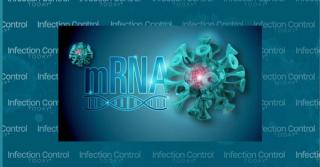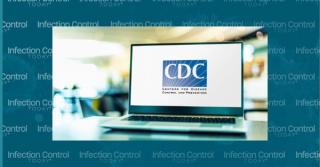
Prevention
Latest News
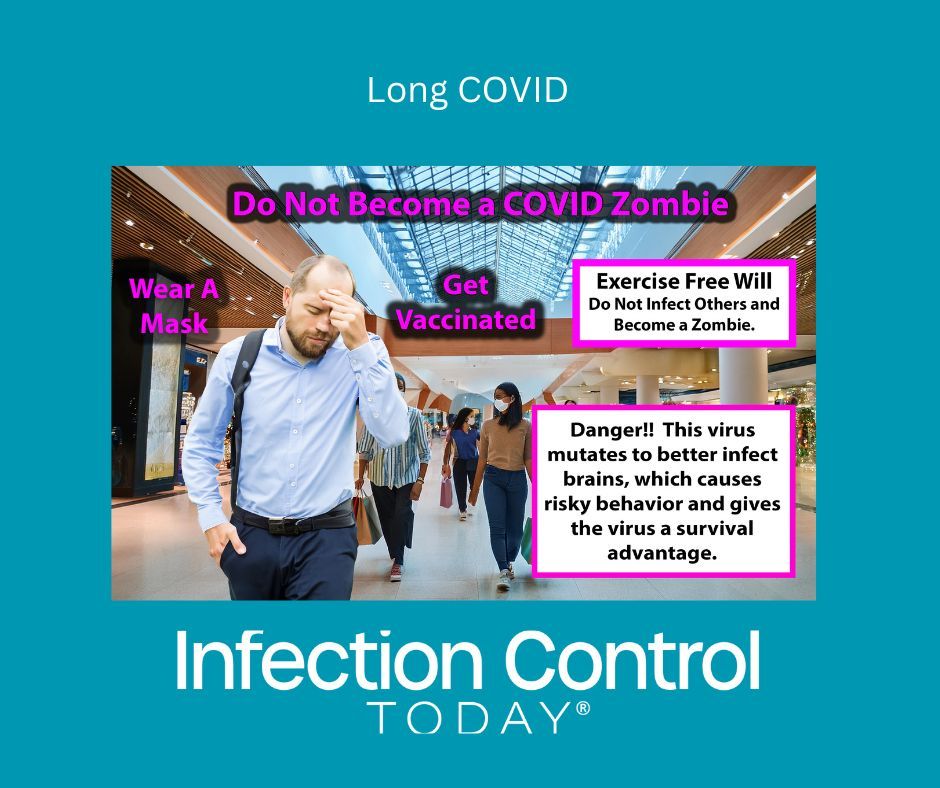
Latest Videos

More News

According to Julia Szymczak, PhD, a sociology expert, antibiotic prescribing involves complex social dynamics. Understanding these can improve antimicrobial stewardship by addressing professional etiquette, patient pressures, and emotional decision-making.

Infection preventionists (IPs) leverage change management techniques to overcome resistance, build momentum, and implement infection prevention strategies to safeguard patient health and organizational efficiency in health care settings.

The Mid-Atlantic Central Service Association (MACSA) HSPA Chapter presents its autumn conference on November 9, 2024, from 8-4 PM in Ridgeville, New Jersey.
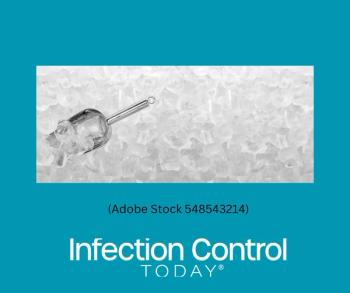
Contaminated ice machines caused Burkholderia multivorans infections at hospitals in California and Colorado. Health officials recommend stopping ice machine use during clinical care to prevent further outbreaks.
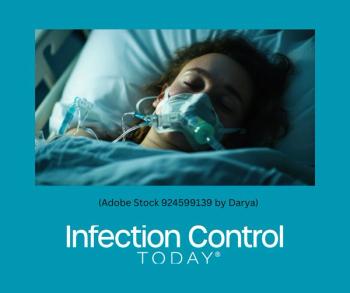
Postoperative pneumonia (POP) is a common surgical complication that increases hospital stay, costs, and mortality. Oral hygiene before and after surgery can significantly reduce the risk of POP.

In this exclusive article, Devin Jopp, the CEO of APIC, discusses the upcoming day-long virtual conference entitled “APIC AI Summit: The Impact of AI on IPC.”
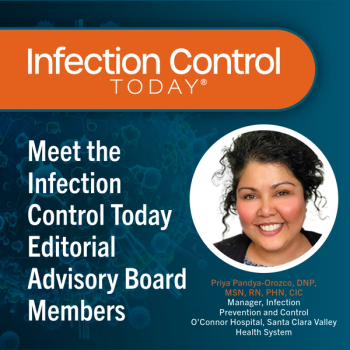
Meet the experts shaping infection prevention: Infection Control Today's Editorial Board members share insights, experiences, and cutting-edge strategies to enhance health care safety and quality. Meet Priya Pandya-Orozco, DNP, MSN, RN, PHN, CIC.

Use this handout to explain the basics of why infection prevention and control and antimicrobial stewardship are essential and how the 2 fields must have a unified approach to patient and staff safety

A study by Loveleen Tina Joshi, PhD raised concerns about bleach-resistant C difficile strains, and Curtis J. Donskey, MD, and his team answered.

The Bug of the Month helps educate readers about existing and emerging pathogens that are clinically important in today's health care facilities.
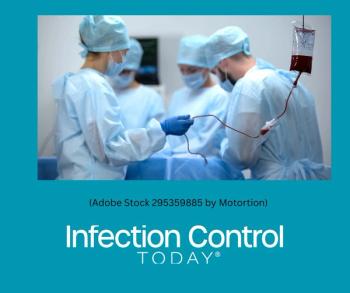
If a patient receives treatment or therapy that they do not need, it can cause unnecessary harm. This is true for medications, surgeries, and medical procedures, especially blood transfusions.

Meet the experts shaping infection prevention: Infection Control Today's Editorial Board members share insights, experiences, and cutting-edge strategies to enhance health care safety and quality. Meet Tommy Davis, PhD, ACHE, APIC, BLS.
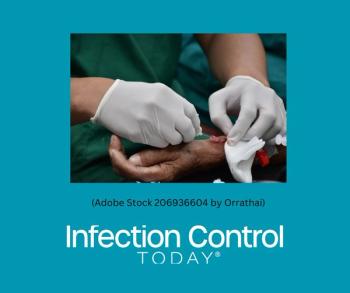
Infection preventionists focus on patient safety. Reducing CLABSIs requires meticulous care for all vascular access points, not just central lines, to prevent bloodstream infections.

Nurse practitioner (NP) and Physician Assistant (PA)-led practices offer autonomy, flexible schedules, and smaller patient loads, which could help mitigate burnout while reducing pressure on traditional healthcare systems and improving infection prevention.

Clear interdepartmental communication is essential for infection prevention in health care settings, minimizing risk, improving safety, and ensuring effective control during patient transfers across departments.

NV-HAP significantly contributes to increased sepsis, mortality, and length of stay, negatively affecting hospital metrics, finances, and patient outcomes, underscoring the importance of targeted prevention strategies.
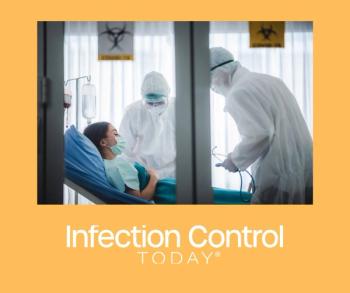
Isolation rooms are essential for infection control in health care, relying on specialized design, advanced cleaning protocols, and technology to prevent cross-contamination and safeguard patient safety.

Immunocompromised patients face heightened risks during medical visits. To ensure safer health care appointments, prepare by understanding COVID-19 transmission, masking, ventilation, and exposure.
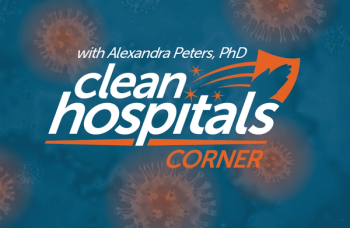
Clean Hospitals Day 2024 emphasizes health care environmental hygiene, recognizing environmental service workers' efforts across 6 technical domains, enhancing global patient safety and infection prevention.
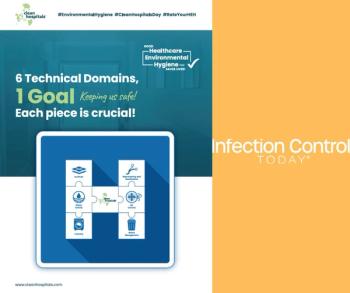
Clean Hospitals promotes global healthcare environmental hygiene, reducing infections and antimicrobial resistance. Join the movement to improve patient safety and staff protection through Clean Hospitals Day.

Health care linens are critical yet overlooked infection risks. Ensure proactive management by auditing laundering processes to prevent contamination and safeguard patient health across care settings. Read this article by Alexander Sundermann, DrPH, CIC, FAPIC.

IPC personnel, please familiarize yourselves with the Aedes aegypti mosquito, which spreads Zika, dengue, and chikungunya viruses and affects nearly all continents.
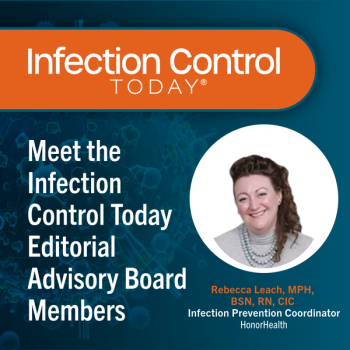
Meet the experts shaping infection prevention: Infection Control Today's Editorial Board members share insights, experiences, and cutting-edge strategies to enhance health care safety and quality. Meet Rebecca Leach, MPH, BSN, RN, CIC.
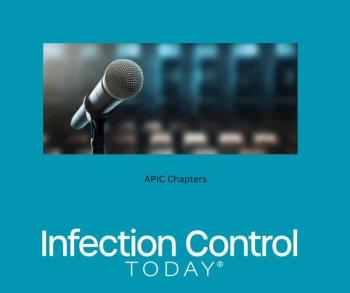
The Association for Professionals in Infection Control and Epidemiology (APIC) Chapters are a wealth of education, camaraderie, and networking. Read more about them.

Sterilizing modern surgical instruments is challenging due to their complexity, increased size, and varied materials. Low-temperature methods are crucial, but overloading and rapid turnarounds heighten sterilization failure risks.







